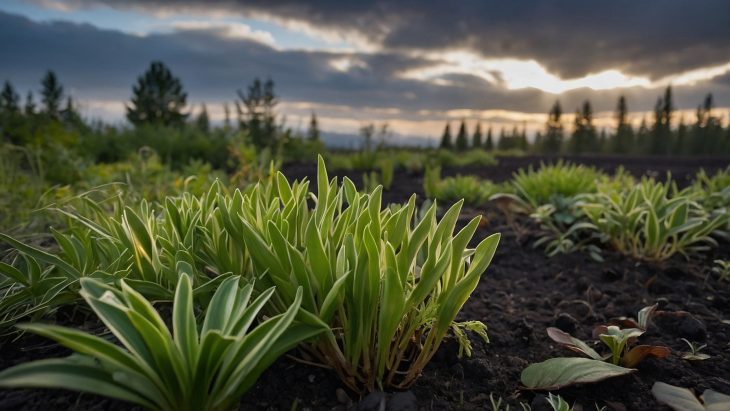
Have you ever wondered which plants can brave the cold and still thrive? Whether you’re an avid gardener or just starting out, knowing which hardy plants can withstand frosty temperatures is key to a flourishing garden. From vibrant perennials to resilient shrubs, these 25 hardy plants are perfect for cold climates. Imagine your garden bursting with color even when the thermometer dips below freezing. Intrigued? Let’s dive into the world of tough plants that laugh in the face of winter’s chill. Get ready to transform your frosty backyard into a winter wonderland with these resilient botanical wonders.
1
of 25
Chimonanthus
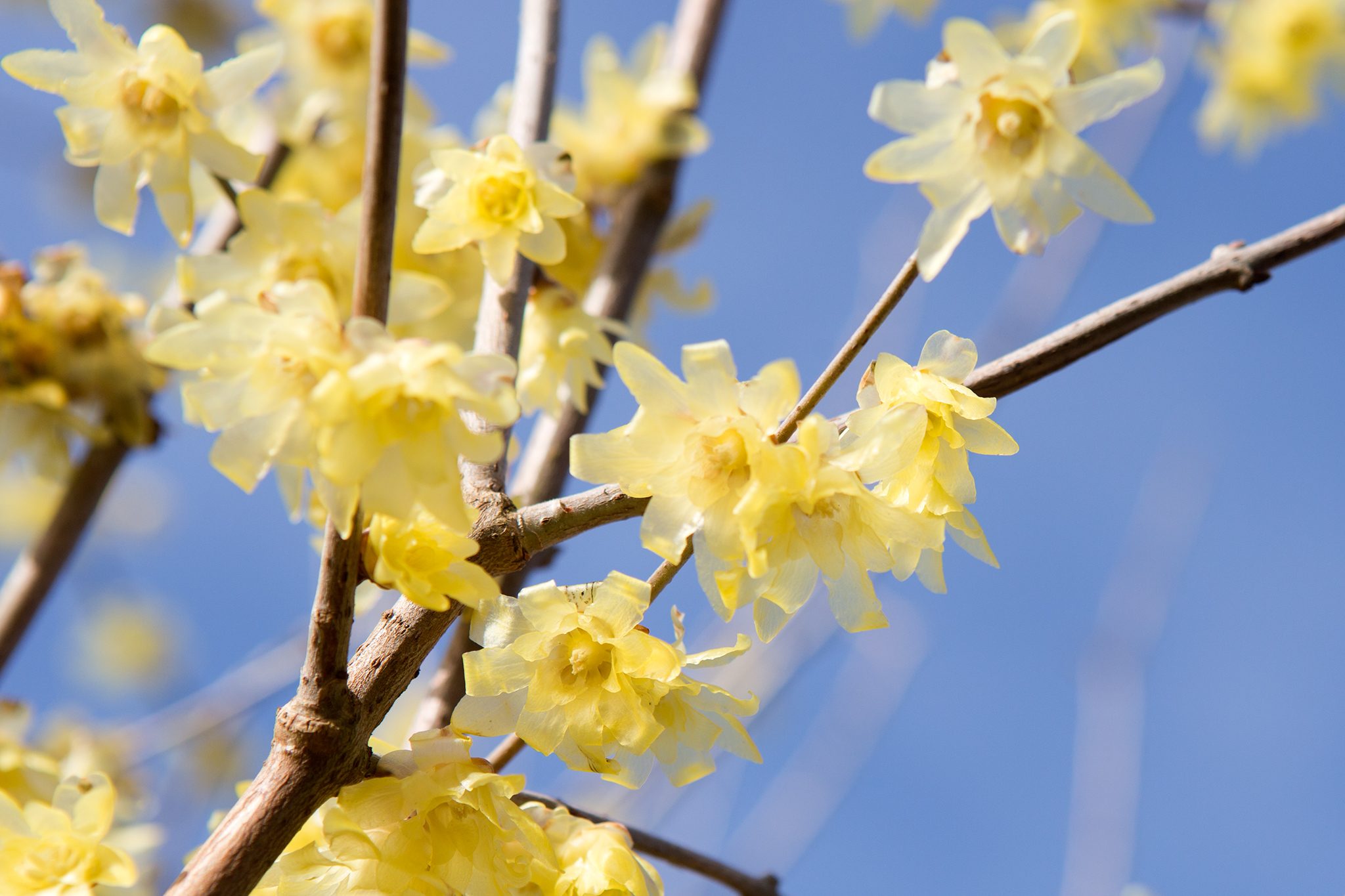
Chimonanthus, known for its resilience, thrives in cold climates with its ability to withstand harsh winters. This hardy plant features fragrant, waxy yellow flowers that bloom in late winter, adding vibrant color to snowy landscapes. Its robust nature and low maintenance make it a favorite among gardeners. Discover more fascinating details about this remarkable plant. Discover 15 facts about Chimonanthus here.
Read More About Chimonanthus: 15 Unbelievable Facts About Chimonanthus
2
of 25
Hydrangea

Hydrangea is celebrated for its durability in cold climates, producing abundant blooms even in frosty conditions. These versatile plants offer large, colorful flower clusters that brighten gardens from spring to fall. With their ability to adapt to various soil types and their resistance to cold, hydrangeas are a popular choice for many gardeners. Learn more by reading 19 facts about Hydrangea.
Read More About Hydrangea: 19 Unbelievable Facts About Hydrangea
3
of 25
Siberian Iris
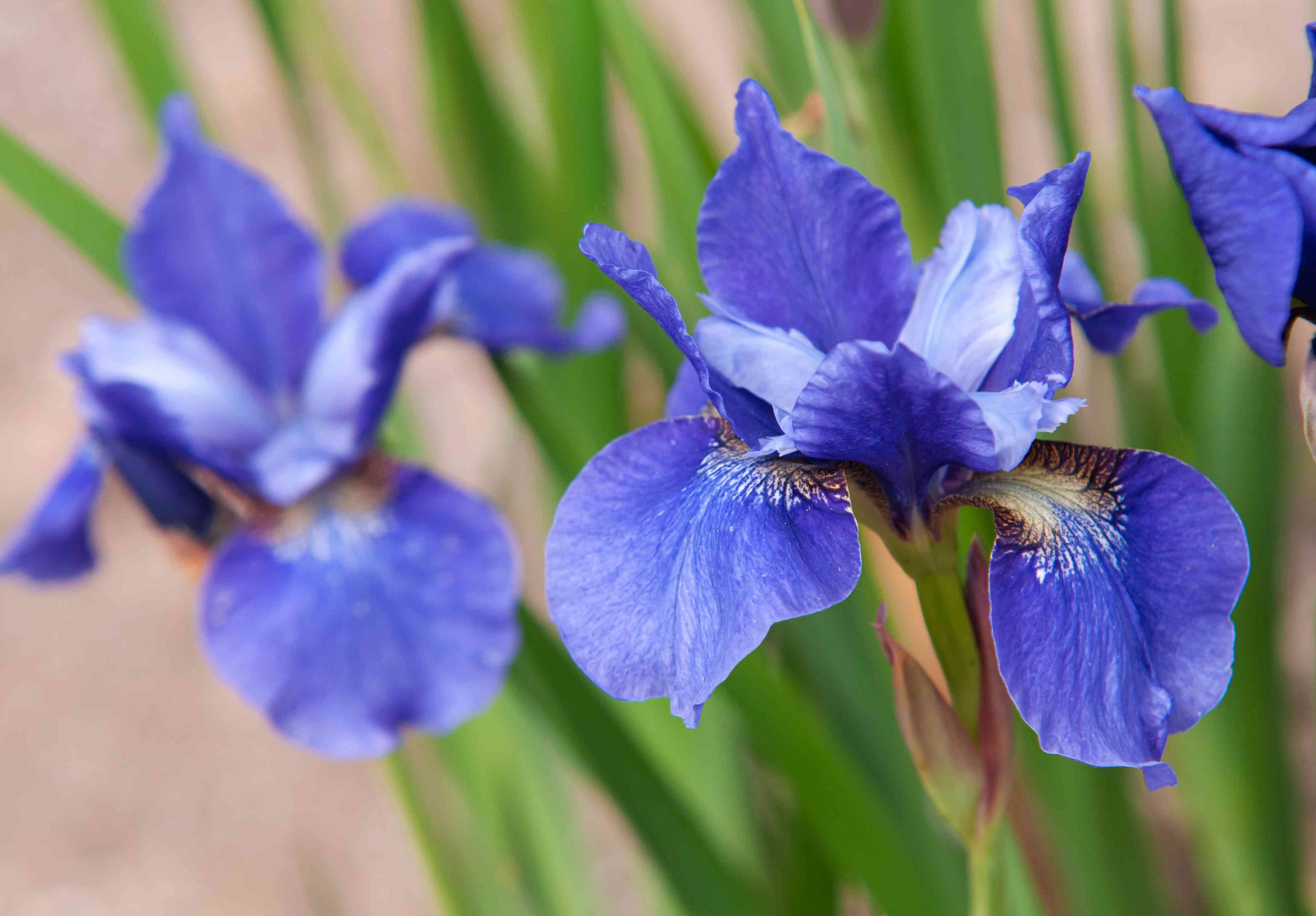
The Siberian Iris, a stunning and resilient perennial, thrives in various climates, making it a favorite for gardeners in colder regions. Known for its vibrant, intricate blooms and graceful foliage, this plant adds a splash of color and elegance to any garden. Originating from the meadows and wetlands of Europe and Asia, it’s incredibly hardy and low-maintenance. With long-lasting flowers and minimal care requirements, it provides beauty and ease for seasoned and novice gardeners alike. Dive into these fascinating tidbits about the Siberian Iris, and you’ll see why it stands out among hardy plants for cold climates.
Read More About Siberian Iris: 18 Mind-blowing Facts About Siberian Iris
4
of 25
Russian Sage
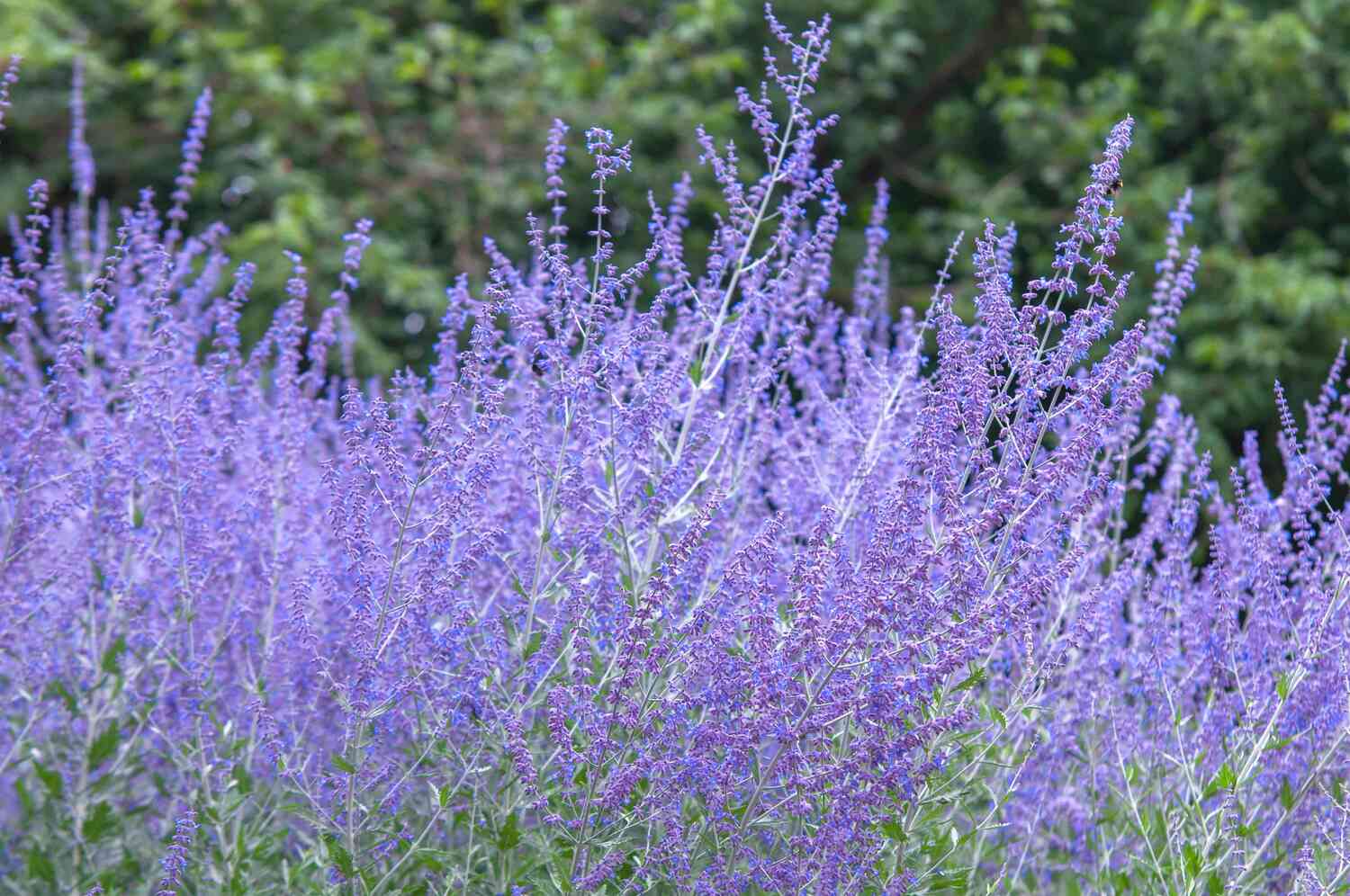
Russian Sage, with its striking silvery foliage and vibrant purple-blue flowers, thrives in cold climates. This resilient perennial not only endures frosty winters but also attracts pollinators like bees and butterflies. Its aromatic leaves release a pleasant scent when brushed against, adding an extra layer of sensory delight. Growing up to four feet tall, it brings height and texture to garden landscapes. Russian Sage’s drought resistance and low-maintenance nature make it a top pick for gardeners looking for hardy plants. Whether in borders, rock gardens, or as a standalone feature, this plant shines brightly, offering beauty and durability.
Read More About Russian Sage: 11 Fascinating Facts About Russian Sage
5
of 25
Hosta
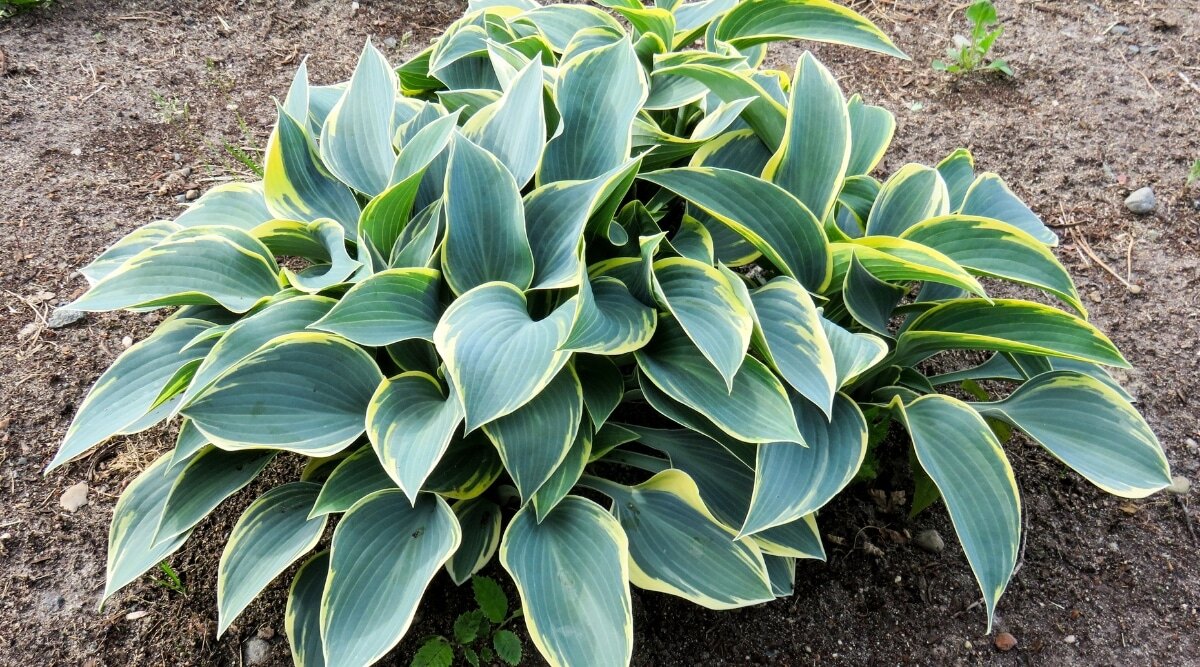
Hostas, known for their lush foliage and shade tolerance, are a gardener’s dream. These perennial plants, with their striking leaves ranging from vibrant greens to blues and variegated patterns, thrive in various conditions. Their resilience makes them perfect for colder climates, adding beauty and texture to any garden. Not only do they come in countless varieties, but hostas also produce charming lavender or white flowers, attracting pollinators. Easy to care for and versatile, these plants can transform shady spots into lush, green havens. Perfect for both novice and seasoned gardeners, hostas truly are a staple in any cold-climate garden.
Read More About Hosta: 15 Mind-blowing Facts About Hosta
6
of 25
Peony
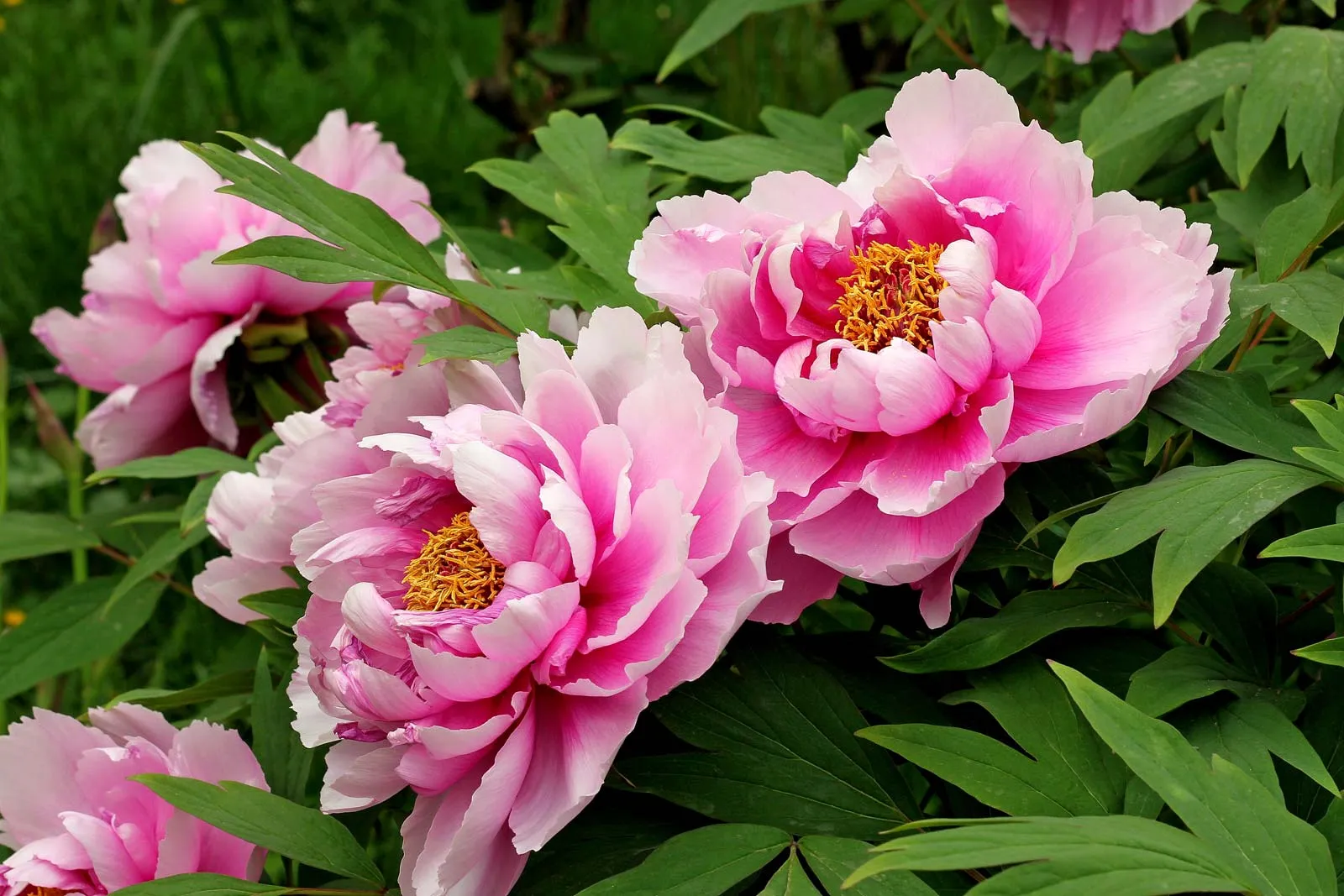
Peonies, with their lush, full blooms and vibrant colors, bring a touch of elegance to any garden, even in colder climates. These hardy perennials, known for their resilience, can thrive where others wither. With a history rooted in ancient cultures, peonies have been symbols of beauty and prosperity for centuries. They bloom in late spring to early summer, offering a spectacle of blossoms that range from soft pastels to bold, striking hues. Easy to care for and long-lived, peonies require minimal attention once established. Ideal for both novice and seasoned gardeners, these flowers promise stunning visual rewards year after year.
Read More About Peony: 19 Fascinating Facts About Peony
7
of 25
Daylily
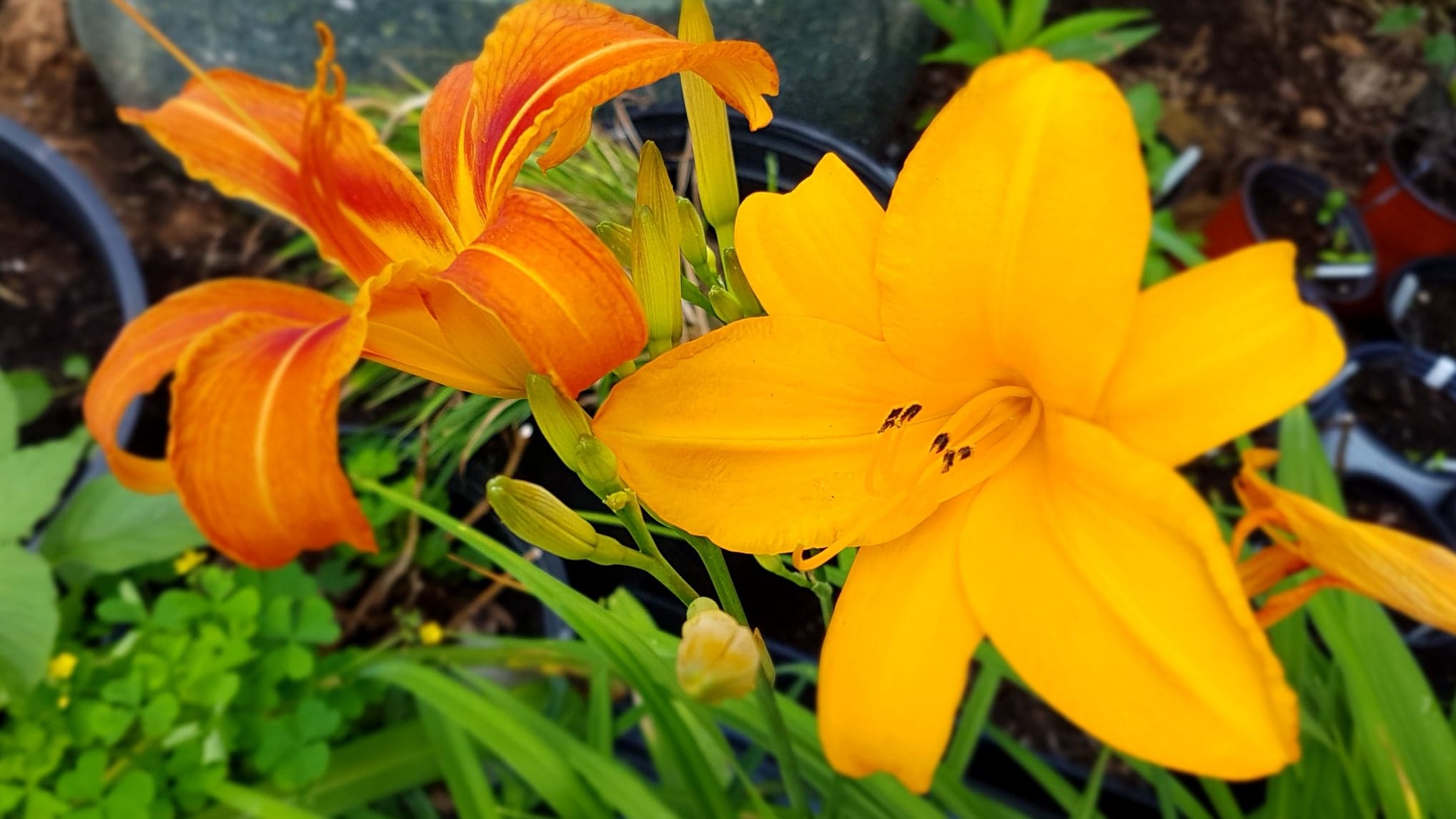
Daylilies are truly a marvel in the plant world. These resilient perennials bring vibrant color to gardens, with blooms that last just a day yet continuously appear throughout the growing season. Known for their adaptability, they thrive in various climates, making them ideal for cold regions. With minimal care, they fend off pests and diseases, showcasing their hardy nature. Their diverse range of colors and patterns adds a touch of elegance to any landscape. Perfect for both novice and experienced gardeners, daylilies are a delightful addition that ensures a garden remains lively and beautiful throughout the summer months.
Read More About Daylily: 19 Mind-blowing Facts About Daylily
8
of 25
Sedum
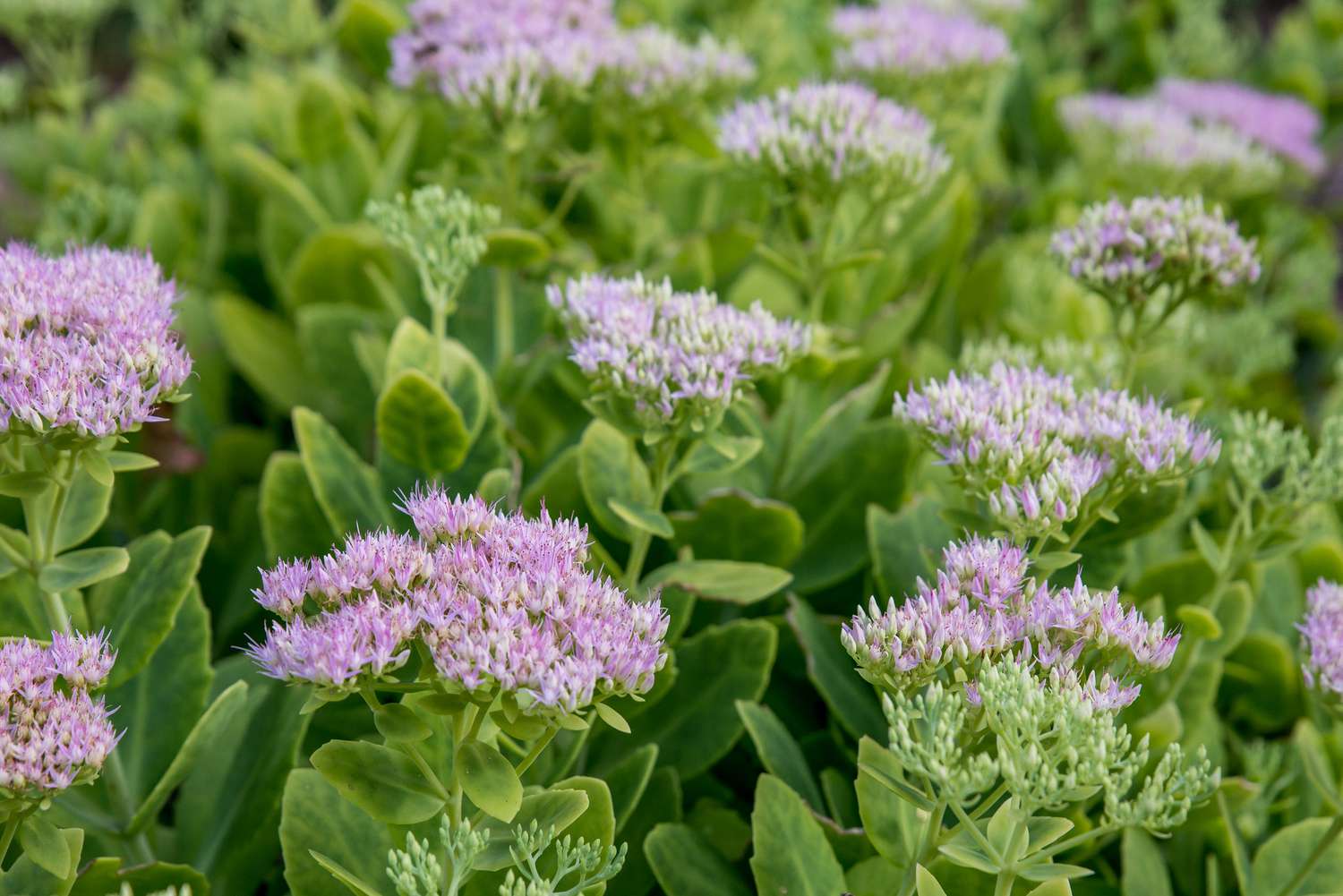
Sedum, a tenacious succulent, thrives in cold climates and brings vibrant beauty to any garden. Known for its diverse shapes, colors, and resilience, Sedum can flourish where many other plants cannot. Its thick, fleshy leaves store water, making it drought-resistant and perfect for low-maintenance gardeners. These hardy perennials are not just eye-catching but also attract pollinators like bees and butterflies, enhancing your garden’s ecosystem. Whether used as ground cover, in rock gardens, or as standalone focal points, Sedum’s versatility and robustness make it a top choice for gardeners facing harsh winter conditions.
Read More About Sedum: 10 Astounding Facts About Sedum
9
of 25
Yarrow
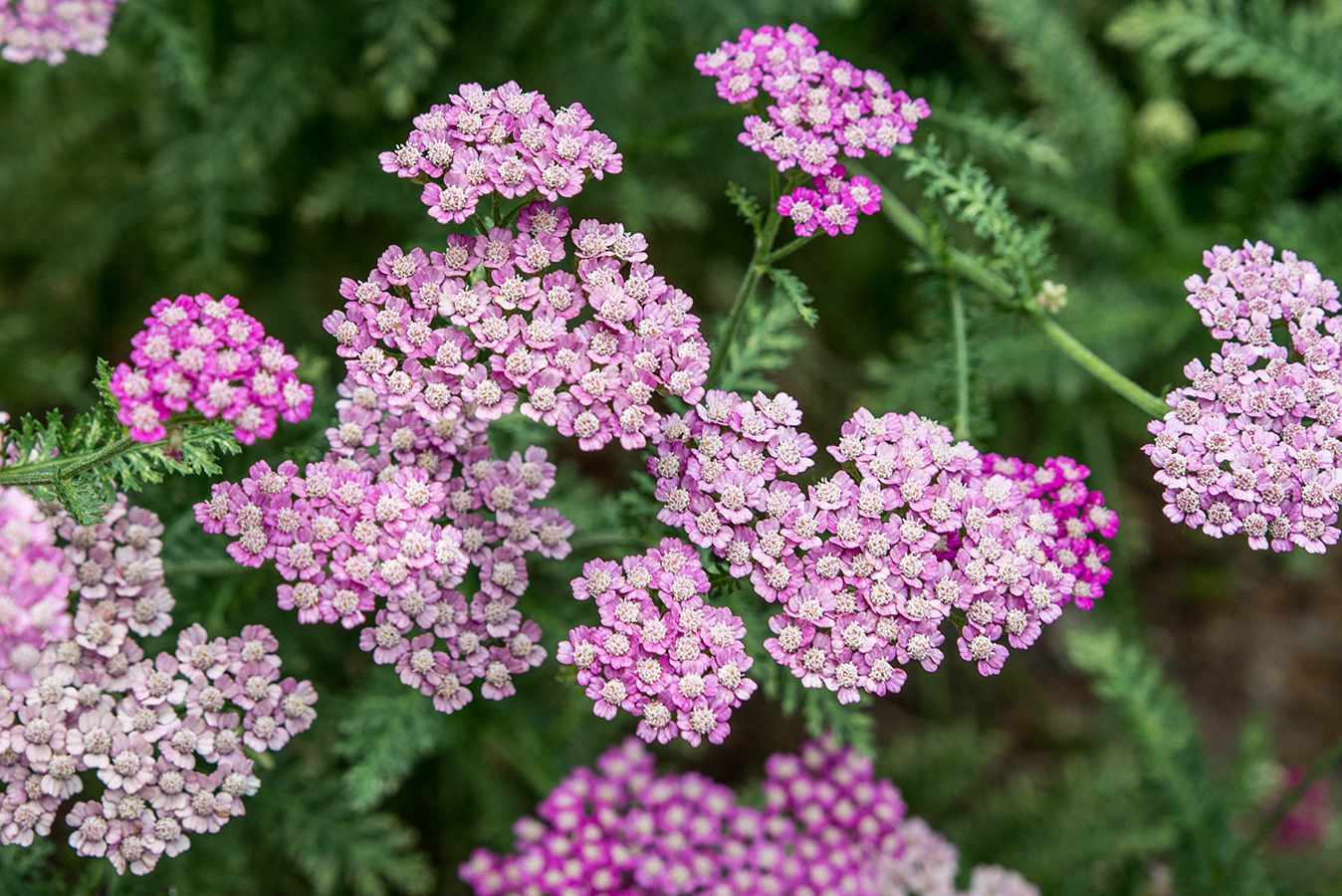
Yarrow, a resilient perennial, thrives even in the harshest climates, making it a favorite among gardeners. This hardy plant isn’t just eye candy with its feathery leaves and clusters of tiny, colorful flowers. People have used yarrow for centuries in herbal medicine, thanks to its anti-inflammatory properties. It attracts beneficial insects while repelling pests, and its deep roots help stabilize soil, preventing erosion. Whether you’re looking to add beauty to your garden, create a natural remedy, or support local wildlife, yarrow’s versatility and hardiness make it an outstanding choice for anyone gardening in cold climates.
Read More About Yarrow: 19 Astonishing Facts About Yarrow
10
of 25
Coneflower
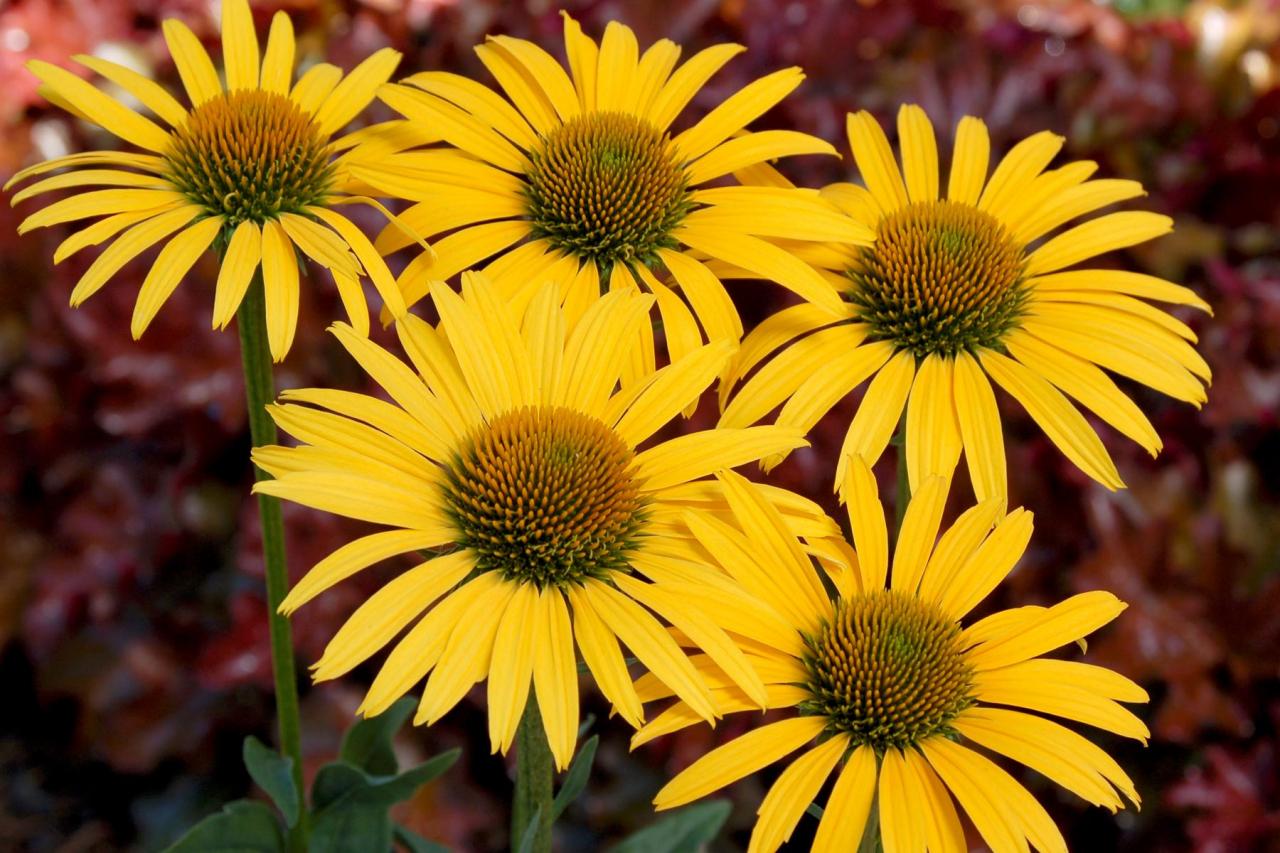
Coneflowers, or echinacea, are vibrant, hardy plants perfect for cold climates. These tough perennials thrive despite harsh winters, boasting mesmerizing purple, pink, and white blooms that attract bees, butterflies, and birds. Not only are they a gardener’s delight, but these beauties also possess medicinal properties, often used in teas and herbal remedies. Their ability to withstand frost and drought makes them a resilient choice for any garden, offering both aesthetic appeal and practical benefits. Give your frosty garden a splash of color and a touch of nature’s resilience with the enchanting coneflower.
Read More About Coneflower: 13 Mind-blowing Facts About Coneflower
11
of 25
Black-eyed Susan
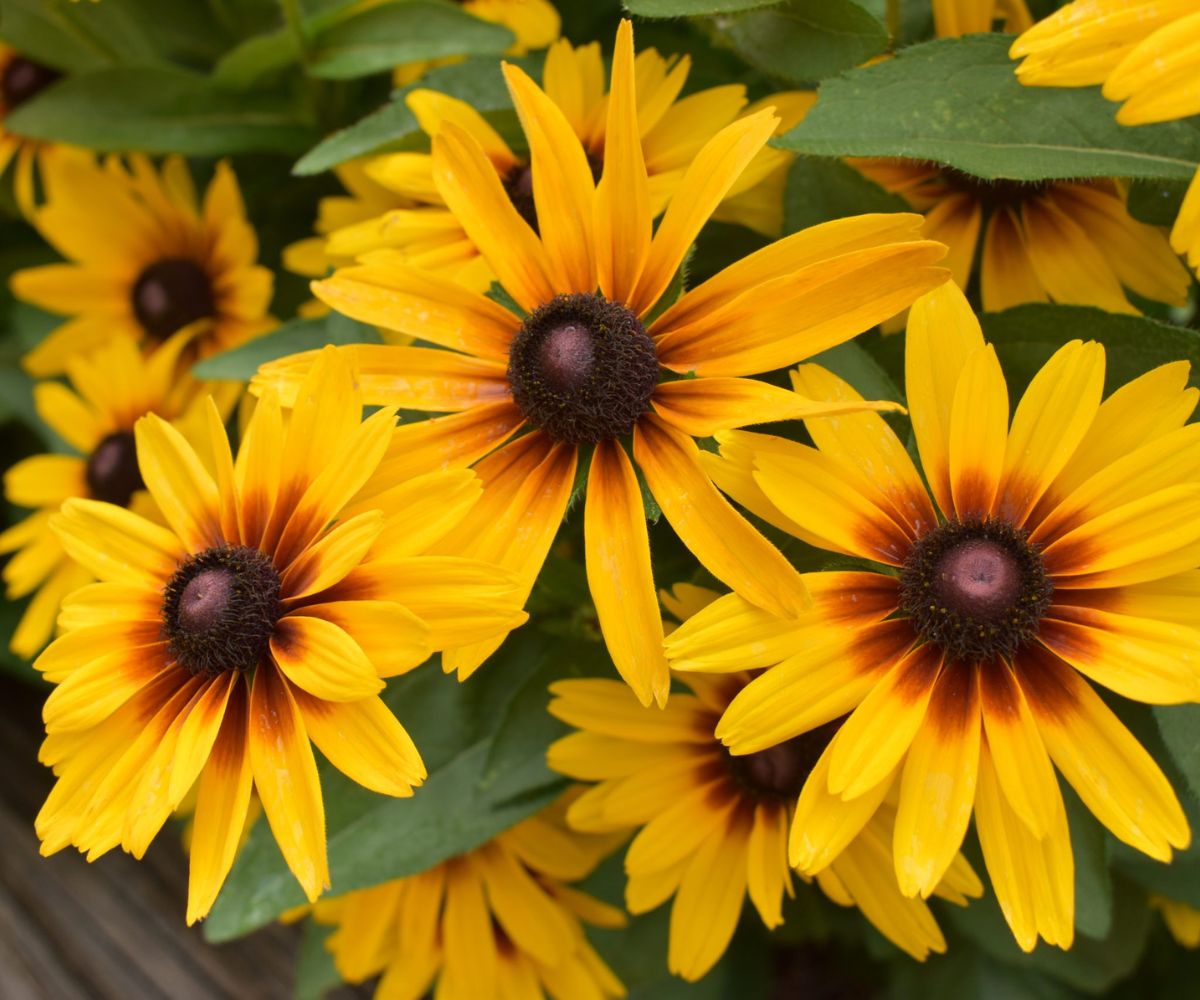
Rudbeckia, often known as Black-eyed Susan, adds a splash of sunshine to chilly gardens. These resilient perennials thrive in cold climates, showcasing bright yellow petals with dark centers. Not only do they bring vibrant color, but they also attract pollinators like bees and butterflies, boosting your garden’s biodiversity. Easy to grow, Rudbeckias tolerate poor soil and drought, making them a gardener’s delight. Whether in borders, wildflower meadows, or containers, these cheerful flowers enhance any landscape. Ready to brighten up your garden with minimal fuss? Rudbeckia has got you covered!
Read More About Black-eyed Susan: 18 Extraordinary Facts About Rudbeckia
12
of 25
Bleeding Heart
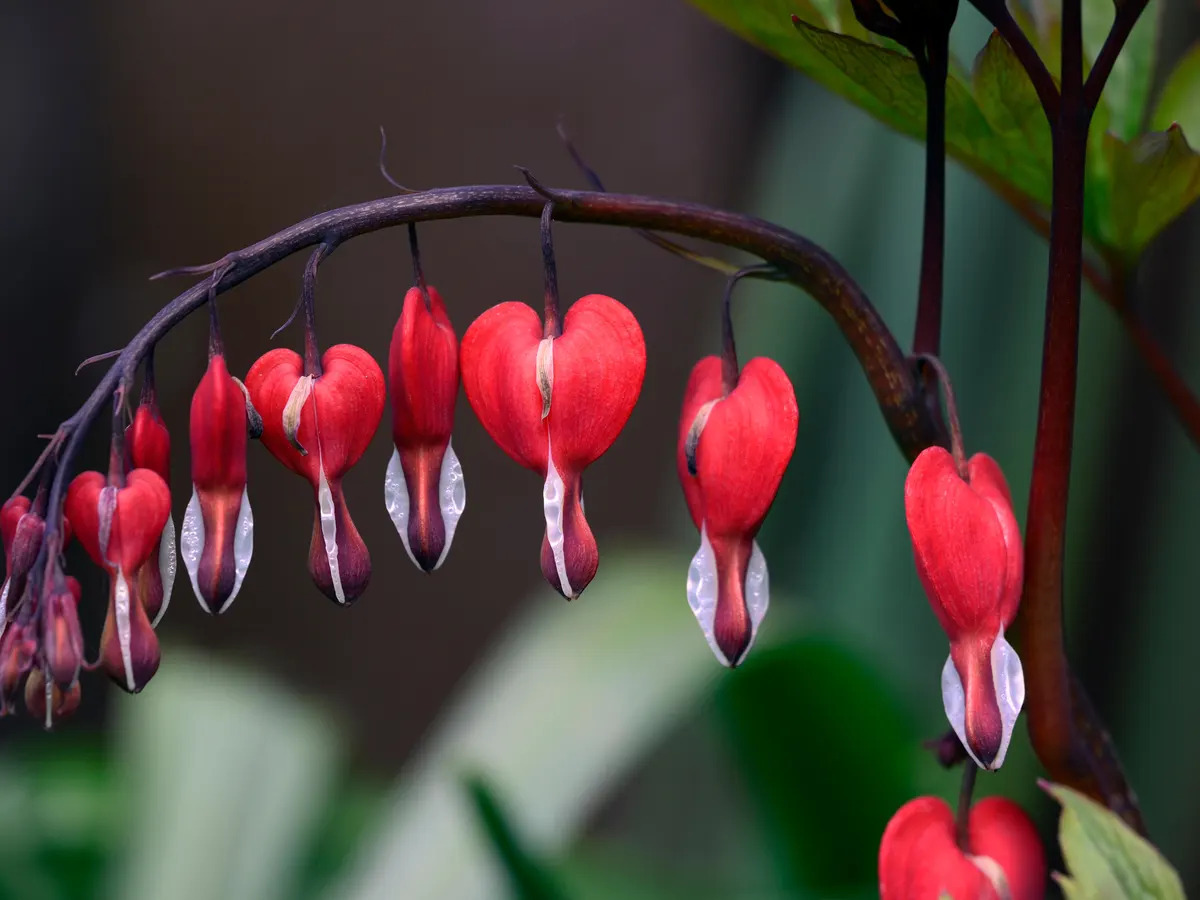
Bleeding Heart, known for its heart-shaped, drooping flowers, is an enchanting addition to any cold climate garden. This perennial thrives in shady spots, adding a splash of color with its vibrant pink and white blooms. Its delicate, fern-like foliage creates a soft, woodland feel, perfect for creating a whimsical garden escape. Blooming in late spring to early summer, this plant draws admiration with its unique appearance and easy-growing nature. Despite its fragile look, it proves tough against harsh winters, making it a reliable choice for gardeners in colder regions. Dive into the fascinating world of Bleeding Heart and its captivating charm.
Read More About Bleeding Heart: 17 Enigmatic Facts About Bleeding Heart
13
of 25
Astilbe
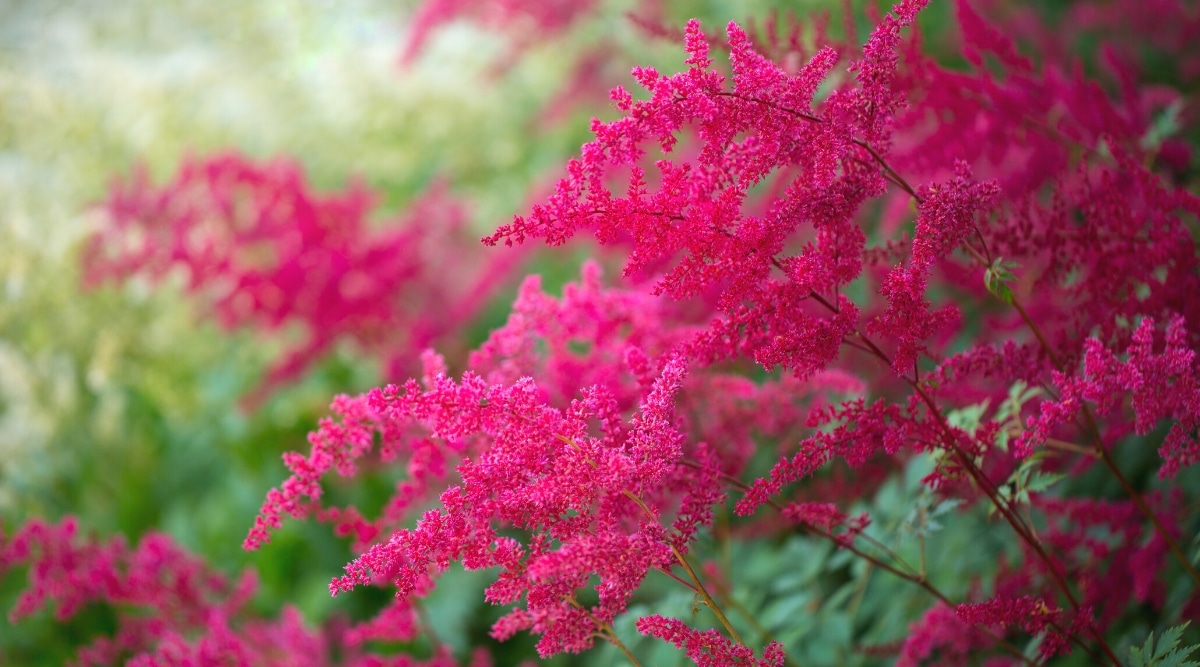
Astilbe, a charming perennial, thrives in cold climates thanks to its hardy nature. These feathery, vibrant blooms brighten shady spots, making them a gardener’s delight. With a range of colors—from soft pastels to deep reds—Astilbe brings a touch of elegance to any garden. Its fern-like foliage and tall, plume-like flowers create a stunning display, particularly when mass-planted. Besides being visually appealing, they’re low-maintenance and resistant to pests. This resilient plant not only endures harsh winters but also attracts pollinators, making it a valuable addition to any cold-climate garden. Dig into the fascinating world of Astilbe.
Read More About Astilbe: 14 Fascinating Facts About Astilbe
14
of 25
Coral Bells

Coral Bells, also known as Heuchera, add a splash of color to your garden with their vibrant foliage and delicate flowers. Resistant to harsh climates, they thrive in cold regions, making them a popular choice for gardeners seeking hardy plants. These perennials come in a variety of shades—from deep purples to bright greens—offering a striking visual appeal year-round. Additionally, Coral Bells attract pollinators like bees and hummingbirds, contributing to a healthy garden ecosystem. Easy to care for and versatile, they can be used in borders, containers, or as ground cover, ensuring year-long beauty and interest.
Read More About Coral Bells: 9 Mind-blowing Facts About Coral Bells
15
of 25
Hellebore
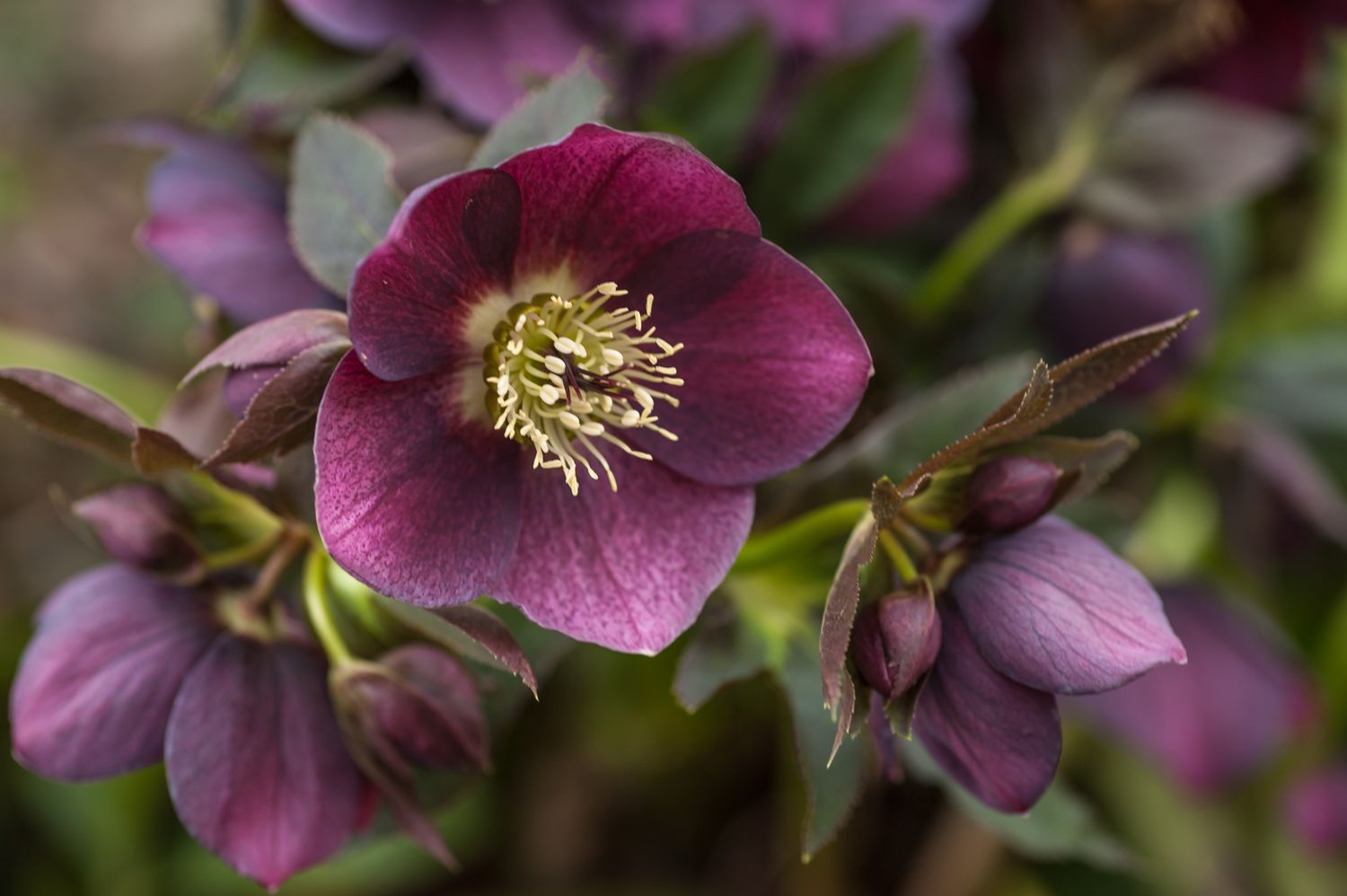
Hellebore, often called the Christmas or Lenten rose, brings a dash of color to late winter gardens. Known for their stunning, cup-shaped flowers, these hardy perennials thrive in cold climates, blooming even in snow. They come in various hues, from white to deep purple, making them a versatile choice for gardeners. Beyond their beauty, hellebores are deer-resistant and low-maintenance, perfect for those seeking vibrant yet resilient plants. Whether nestled in a shady woodland area or featured in a mixed border, hellebores add a touch of elegance and endurance to any landscape.
Read More About Hellebore: 18 Fascinating Facts About Hellebore
16
of 25
Liatris
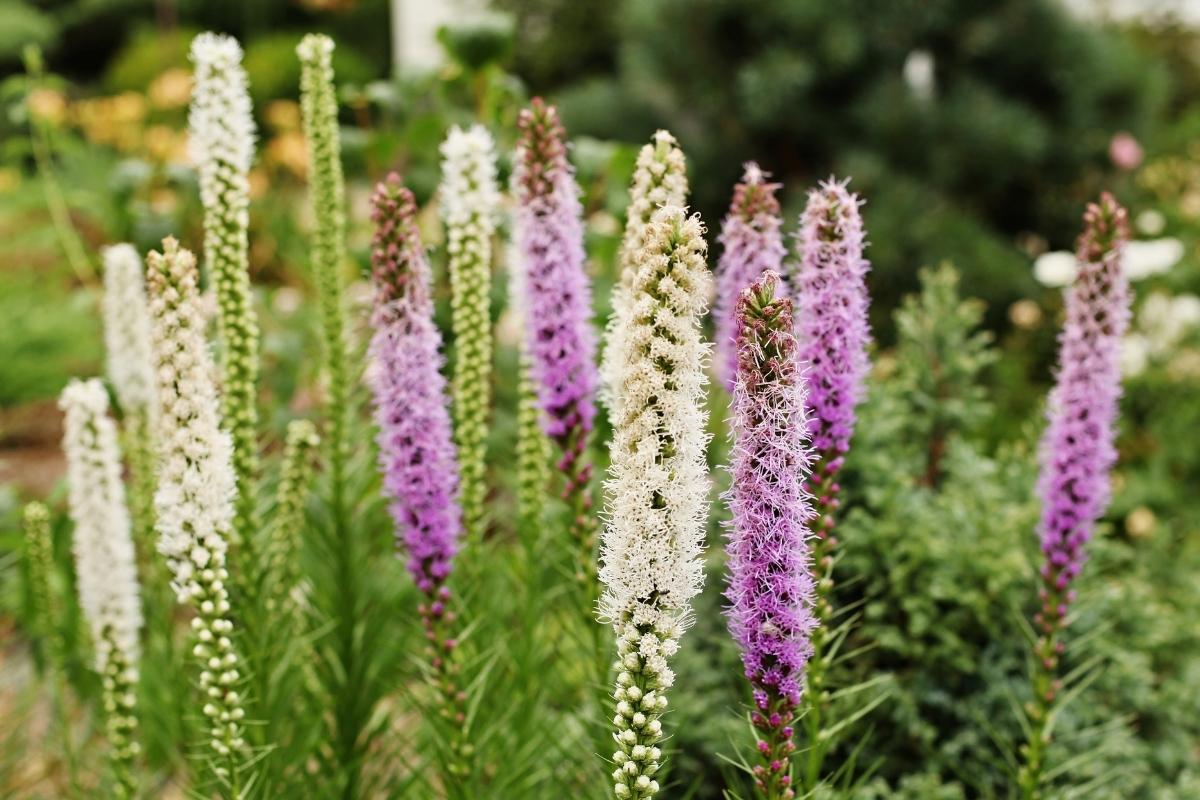
Liatris, commonly known as blazing star or gayfeather, dazzle gardens with their striking, spiky blooms and vibrant colors. These hardy perennials thrive in cold climates, making them perfect for gardeners in need of resilient plants. Not only do they attract butterflies and bees, but they also resist deer and drought. Their unique, tall flower spikes can add vertical interest to any landscape, while their ability to grow in poor soils makes them a gardener’s best friend. Liatris plants are not just visually appealing but also incredibly low-maintenance, offering beauty without the fuss. Check them out to add some pizzazz to your garden!
Read More About Liatris: 11 Unbelievable Facts About Liatris
17
of 25
Monkshood
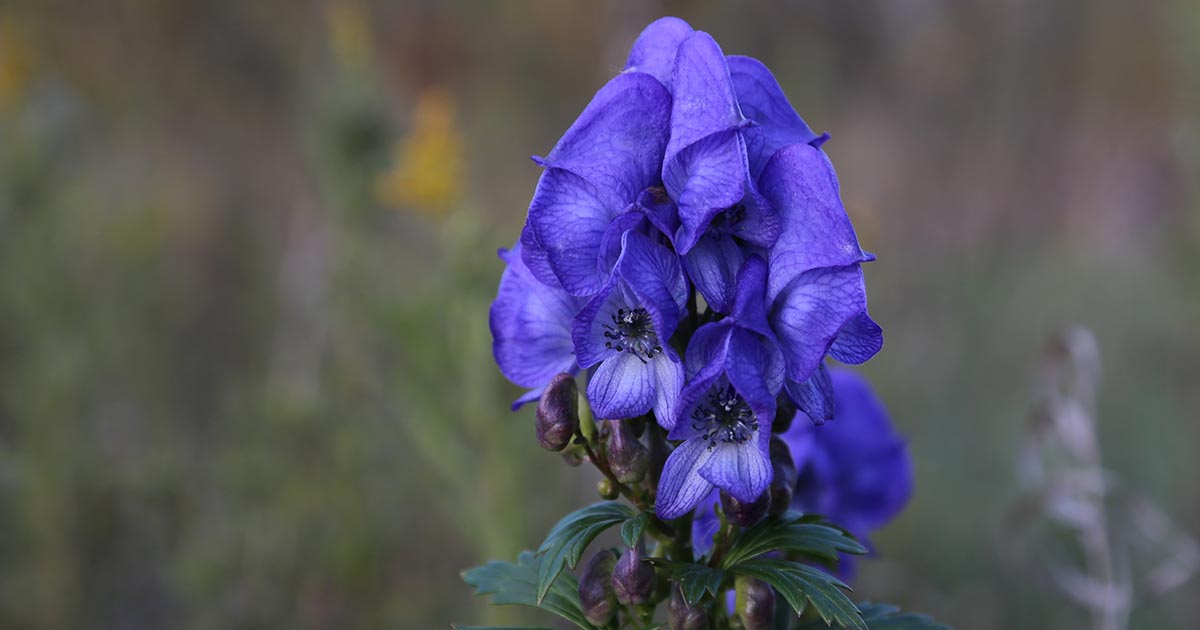
Monkshood, also known as Aconitum, is one of the hardiest plants that thrive in cold climates. Known for its striking blue or purple flowers, it adds a splash of color to any garden while being able to withstand harsh conditions. However, its beauty comes with a catch—it’s highly toxic. Historically, it’s been used in folklore and medicine, albeit with caution. Perfect for gardens where other plants might falter, its tall spires and hood-shaped blossoms create a dramatic visual. If you have a garden that’s more on the frigid side, this perennial might be an intriguing choice.
Read More About Monkshood: 19 Fascinating Facts About Monkshood
18
of 25
Columbine
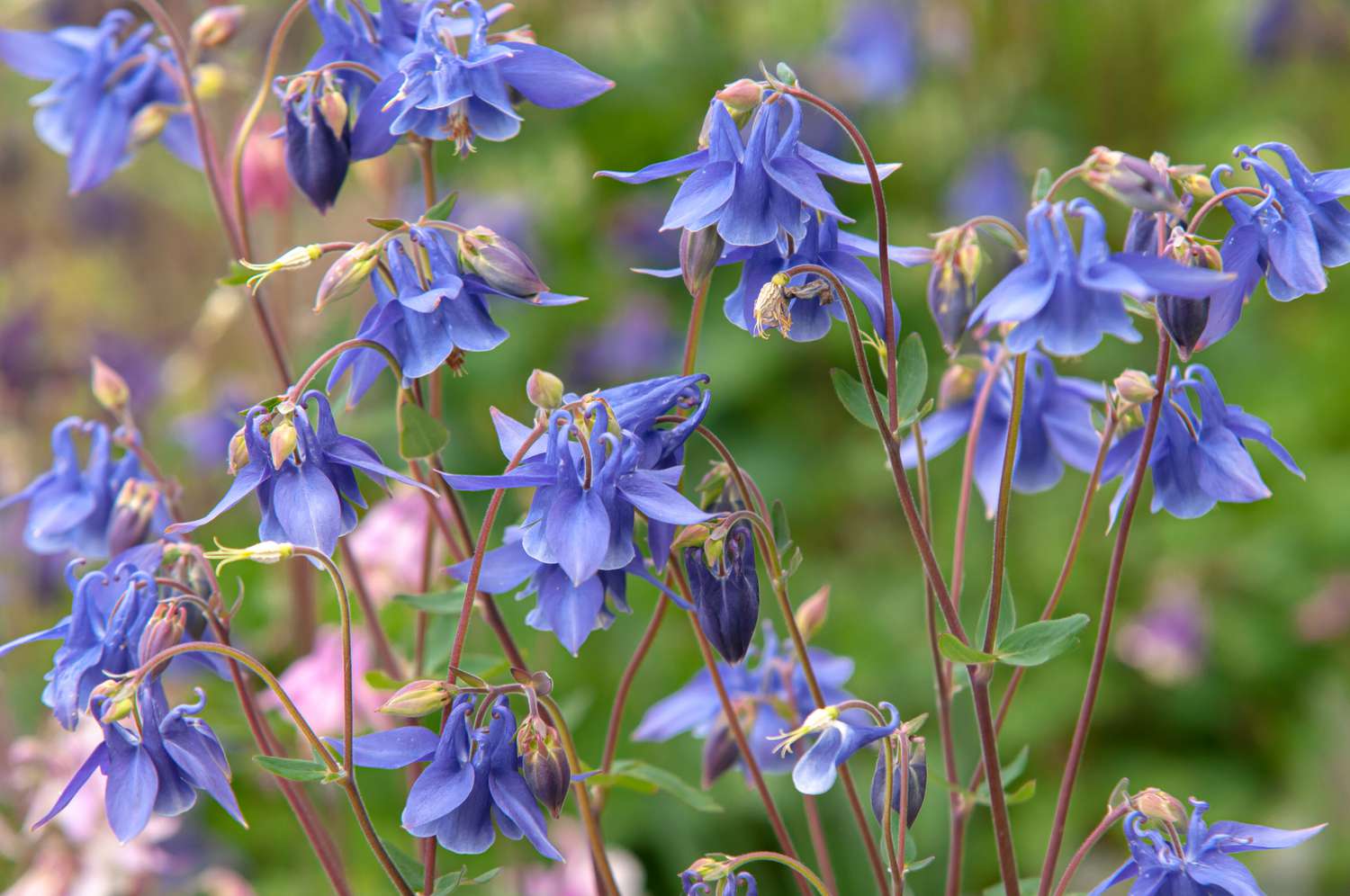
Columbine flowers dazzle with their unique bell-like shapes and vibrant hues, making them a delightful addition to any garden. These hardy perennials thrive even in chilly climates, boasting a remarkable resilience. Often found in shades of blue, pink, purple, and yellow, they attract hummingbirds and bees, promoting a lively and healthy garden ecosystem. With an enchanting appearance and ability to flourish in less-than-ideal conditions, Columbine flowers offer both beauty and practicality. Perfect for gardeners looking to add a splash of color and charm, Columbines are a must-have for any cold-climate planting scheme.
Read More About Columbine: 13 Unbelievable Facts About Columbine
19
of 25
Brunnera
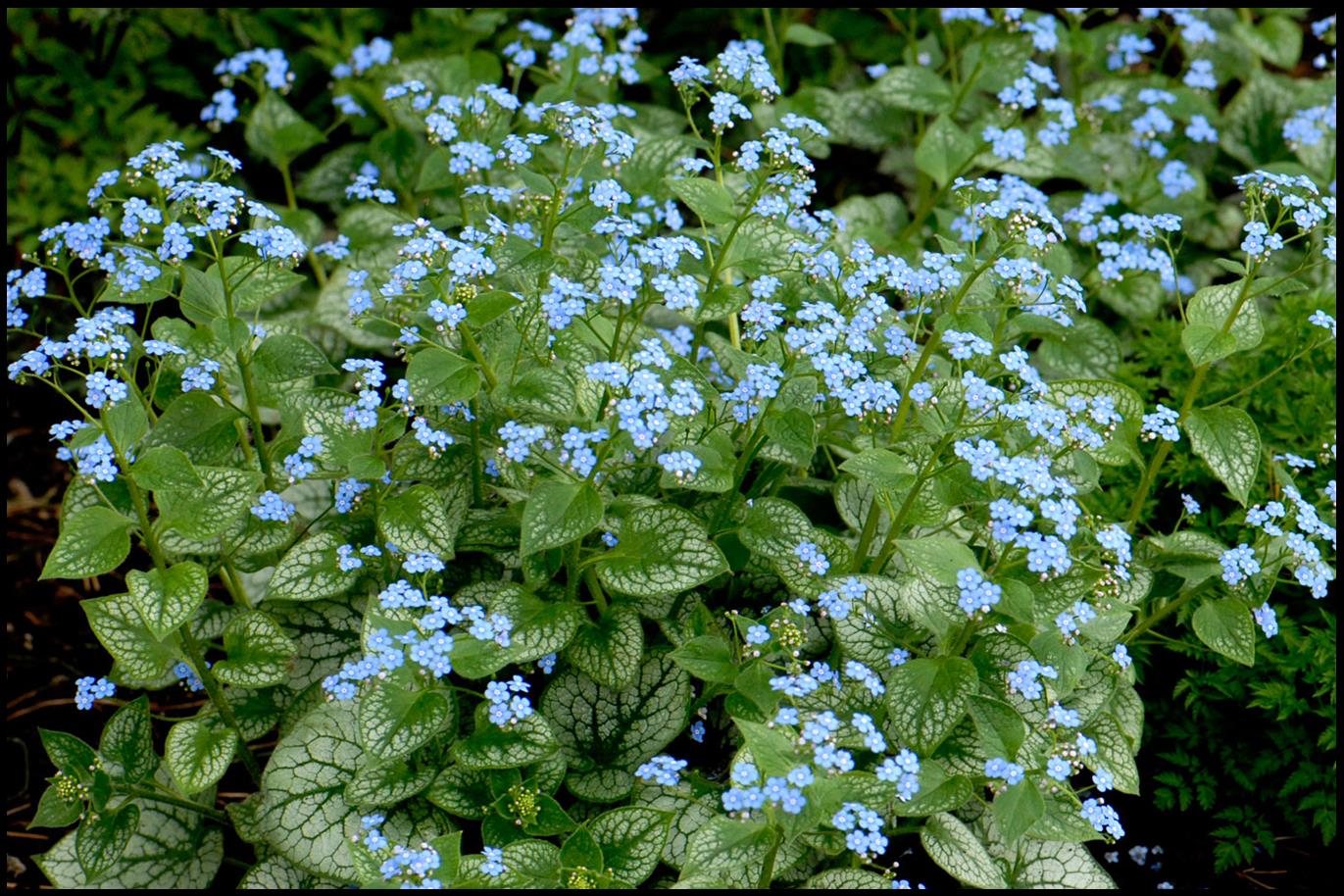
Brunnera, often called Siberian bugloss, is a delightful perennial perfect for colder climates. Its heart-shaped leaves, typically adorned with silver markings, bring a touch of elegance to any garden. In spring, Brunnera produces clusters of tiny, sky-blue flowers resembling forget-me-nots. This hardy plant thrives in shady spots, making it a great choice for brightening up darker garden corners. Not only does Brunnera add aesthetic charm, but it’s also low-maintenance and deer-resistant. Gardeners love it for its resilience and ability to spread, creating lush ground cover. Brunnera will quickly become a favorite in any cold-climate garden.
Read More About Brunnera: 15 Captivating Facts About Brunnera
20
of 25
Lady’s Mantle
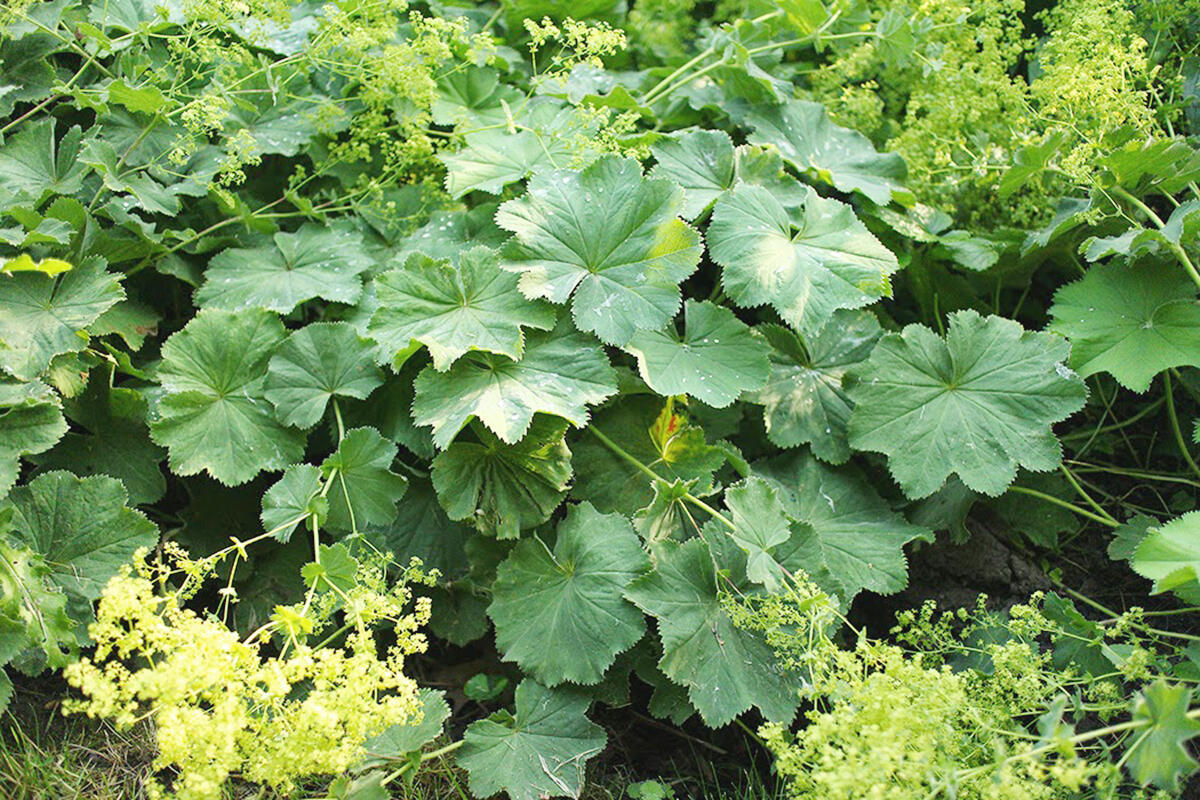
Lady’s Mantle, a resilient perennial, thrives in cold climates and brings a touch of magic to any garden. Known for its fan-shaped leaves that capture morning dew, it adds both visual appeal and practical benefits. This hardy plant isn’t just pretty; it offers medicinal properties, historically used for healing wounds and easing menstrual discomfort. Its delicate clusters of chartreuse flowers bloom from late spring to early summer, attracting pollinators and complementing other garden plants. If you’re looking to add a touch of fairy-tale charm to your garden while also getting some practical value, Lady’s Mantle is your go-to.
Read More About Lady’s Mantle: 9 Mind-blowing Facts About Lady’s Mantle
21
of 25
Artemisia

Artemisia, a hardy perennial, thrives in chilly climates, making it perfect for those frosty regions. Known for its silvery foliage and aromatic scents, this resilient plant offers both beauty and practicality. From the famous culinary herb tarragon to the medicinal wormwood, Artemisia has a rich history of use in gardens and kitchens. Its low-maintenance nature means less fuss and more time to enjoy its subtle charm. Whether you’re a seasoned gardener or just starting out, Artemisia’s adaptability and unique qualities will surely catch your eye. Dive into the world of this fascinating plant and see why it’s a cold-climate favorite.
Read More About Artemisia: 20 Fascinating Facts About Artemisia
22
of 25
Bergenia
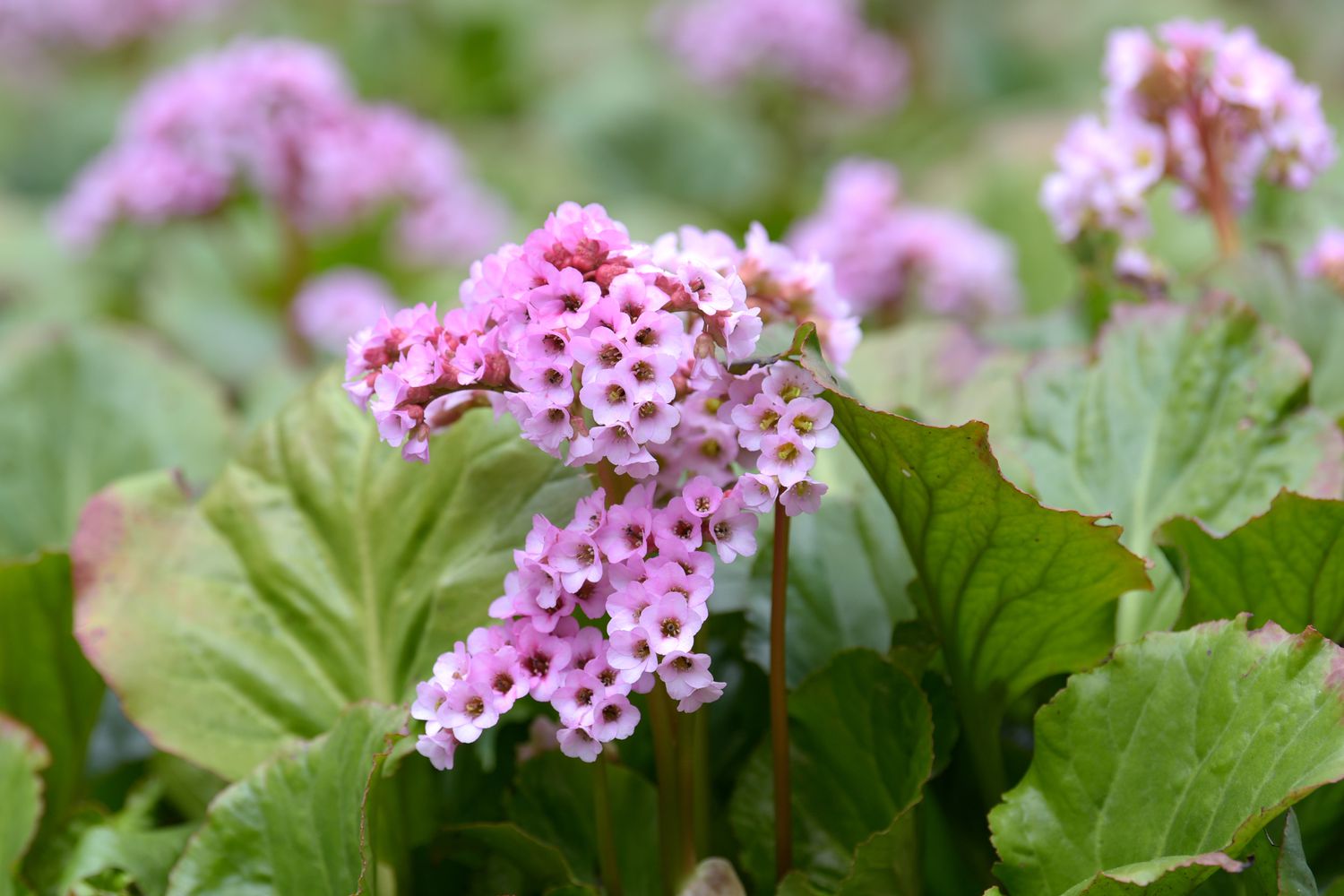
Bergenia, often known as “elephant’s ears” due to its large, leathery leaves, is a cold-hardy plant perfect for frosty climates. With its vibrant pink, white, or red flowers and evergreen foliage, it adds a burst of color year-round. This resilient plant thrives even in shady spots, making it a versatile choice for less sunny gardens. Easy to grow and maintain, Bergenia requires minimal care, making it a favorite among gardeners looking for low-maintenance yet visually stunning plants. Its robust nature allows it to withstand harsh winters, ensuring a lively garden no matter the season.
Read More About Bergenia: 19 Unbelievable Facts About Bergenia
23
of 25
Snowdrop

Snowdrops are small, elegant flowers that bloom in late winter, often when snow still blankets the ground. Known for their delicate, nodding white blossoms, these resilient plants bring a touch of beauty and hope during the colder months. Thriving in well-drained soil and partial shade, snowdrops are perfect for adding charm to woodland gardens or borders. They multiply over time, creating stunning drifts of white that contrast beautifully with the winter landscape. As one of the first signs of spring, snowdrops symbolize renewal and perseverance, capturing the hearts of gardeners and nature enthusiasts alike.
Read More About Snowdrop: 20 Intriguing Facts About Snowdrop
24
of 25
Winter Aconite
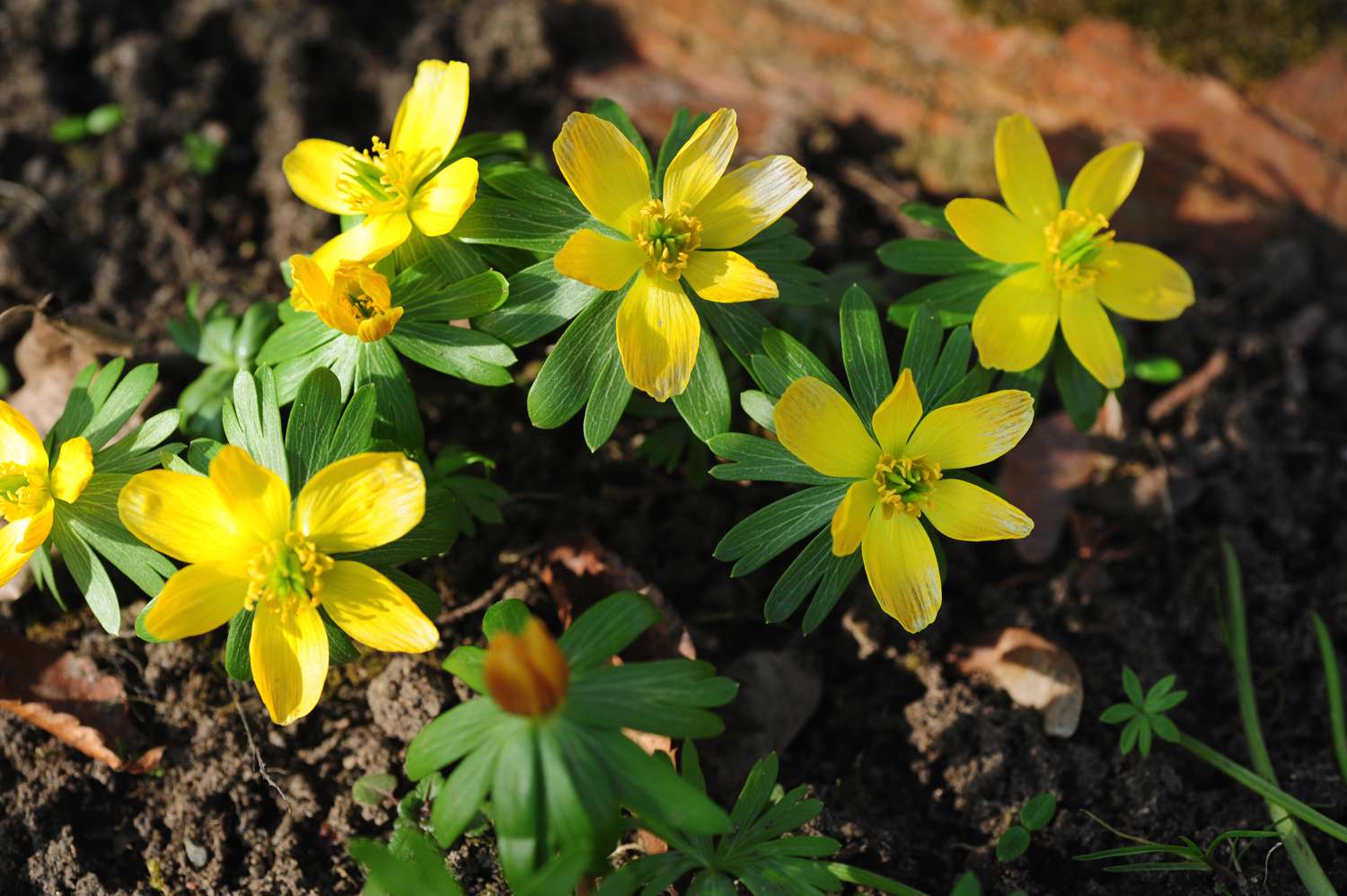
Winter Aconite, a hardy little wonder, brightens up cold climates with its cheerful yellow blooms. Popping up through the snow, these early spring flowers often form a golden carpet in gardens and woodlands. Not only are they eye-catching, but they’re also tough, withstanding harsh winter conditions. These small, buttercup-like flowers grow from tubers and are easy to plant and maintain. Their vibrant color and early blooming period make them a favorite among gardeners looking to add a splash of warmth to chilly landscapes. Perfect for naturalizing under trees or mixing with other early bloomers, Winter Aconite is a true gem.
Read More About Winter Aconite: 17 Astonishing Facts About Winter Aconite
25
of 25
Creeping Jenny
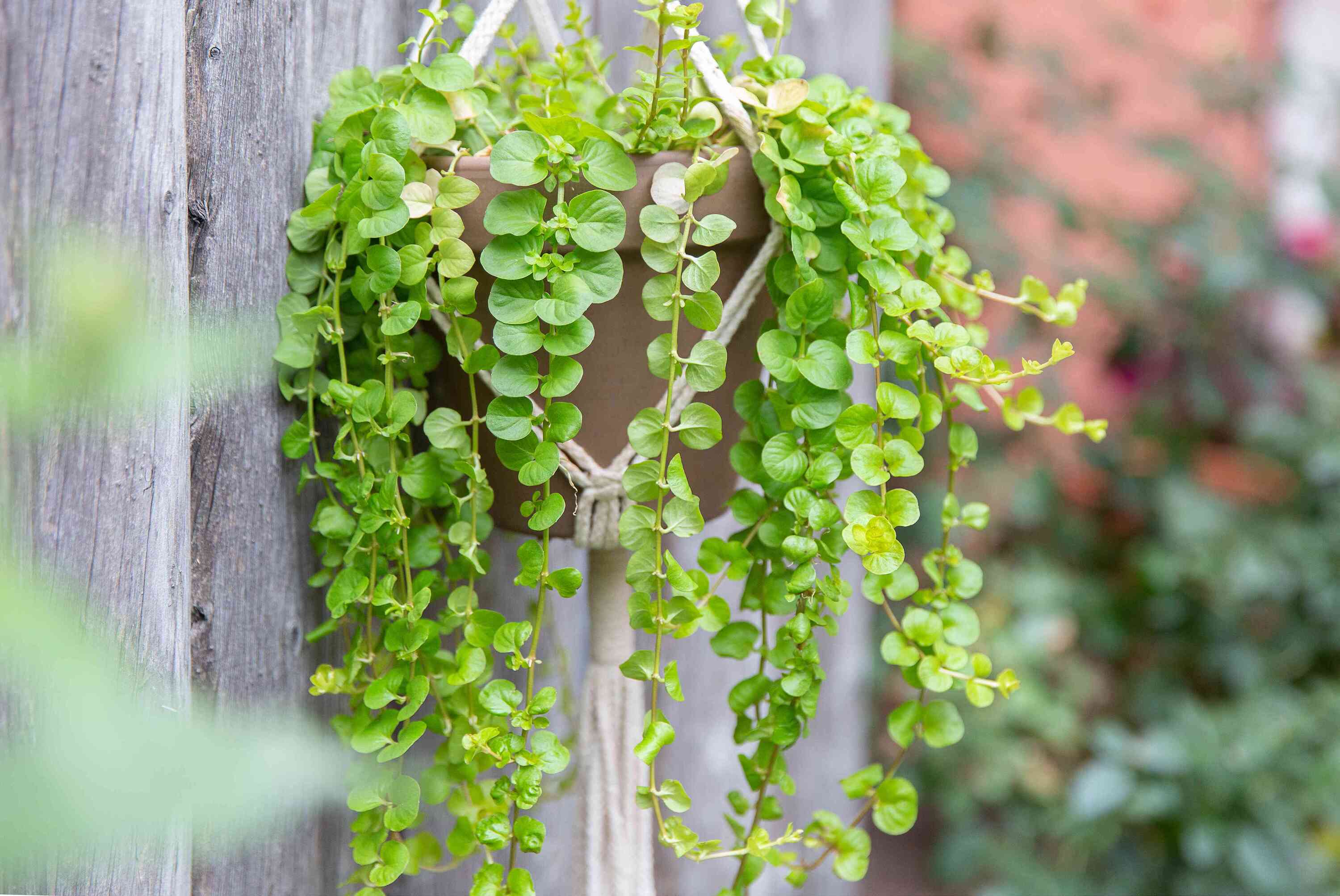
Creeping Jenny is a hardy plant that thrives in cold climates, perfect for adding a lush touch to your garden. Known for its striking yellow-green foliage, this groundcover spreads rapidly, creating a vibrant carpet wherever it’s planted. Whether adorning your garden beds, cascading from hanging baskets, or enveloping the edges of ponds, Creeping Jenny’s versatility shines. It tolerates wet conditions and poor soil, making it a resilient choice for many gardeners. In the colder months, its leaves turn a stunning shade of bronze, adding winter interest. Ideal for those seeking low-maintenance greenery, Creeping Jenny is a gardener’s delight.
Read More About Creeping Jenny: 8 Astounding Facts About Creeping Jenny
Was this page helpful?
Our commitment to delivering trustworthy and engaging content is at the heart of what we do. Each fact on our site is contributed by real users like you, bringing a wealth of diverse insights and information. To ensure the highest standards of accuracy and reliability, our dedicated editors meticulously review each submission. This process guarantees that the facts we share are not only fascinating but also credible. Trust in our commitment to quality and authenticity as you explore and learn with us.
